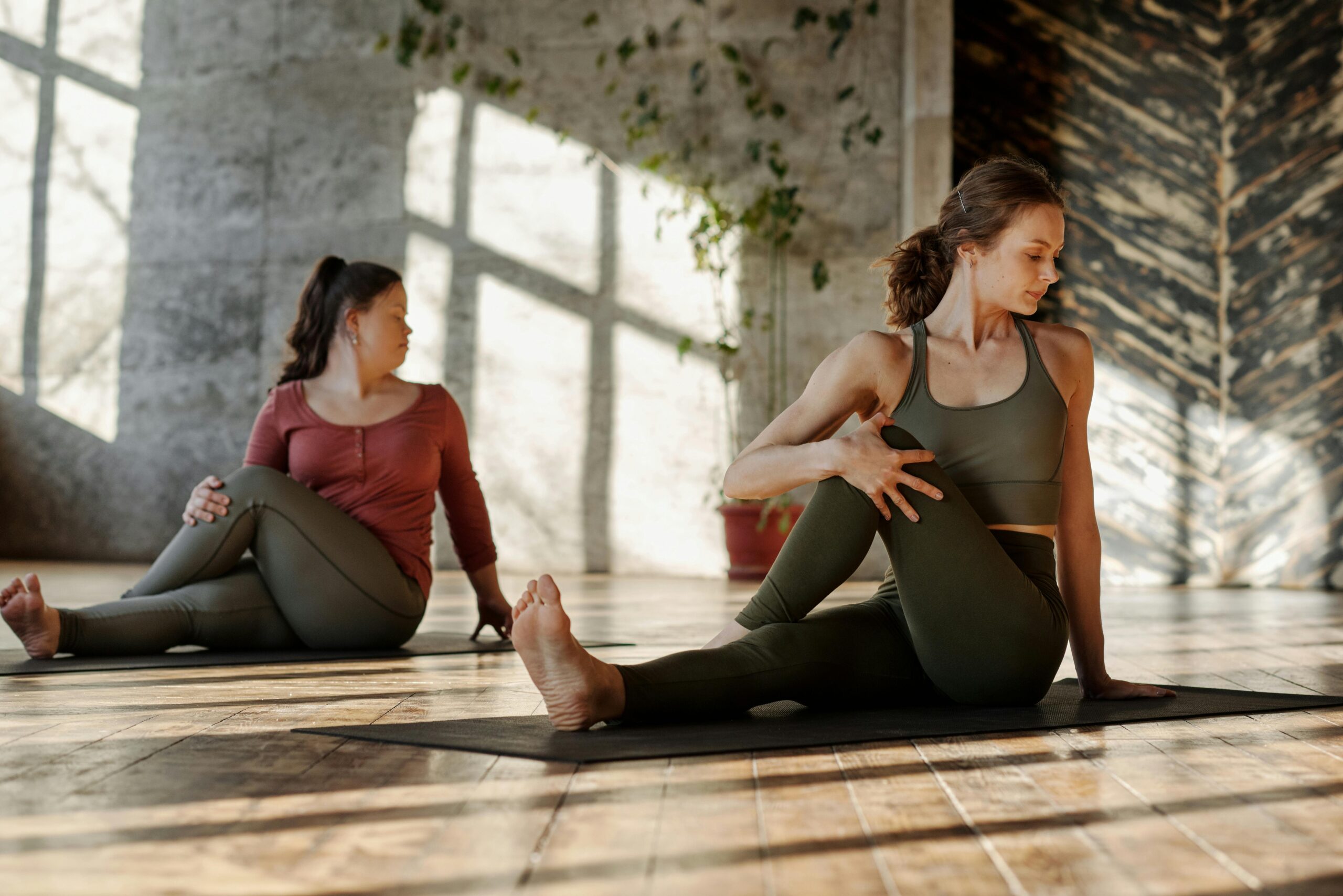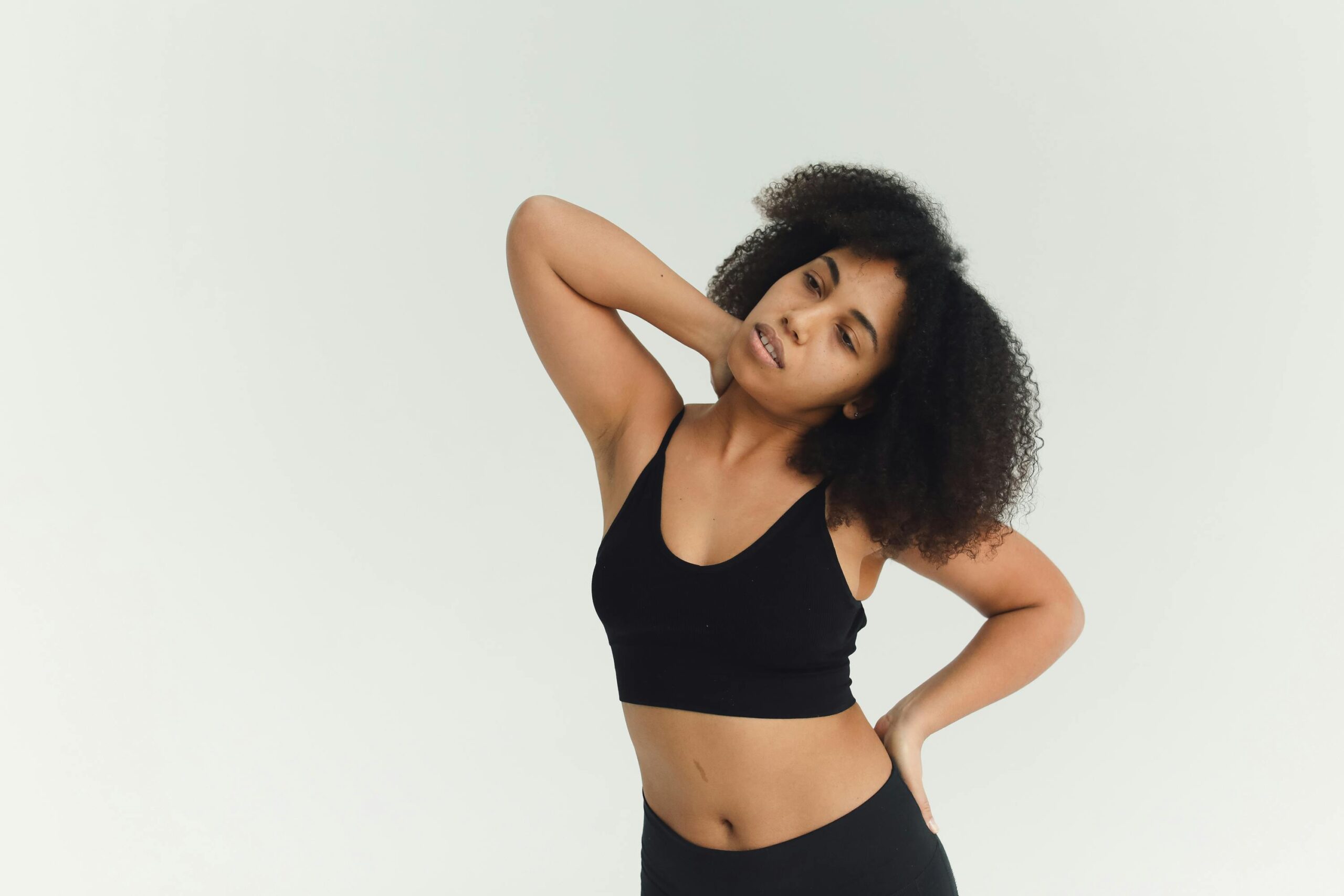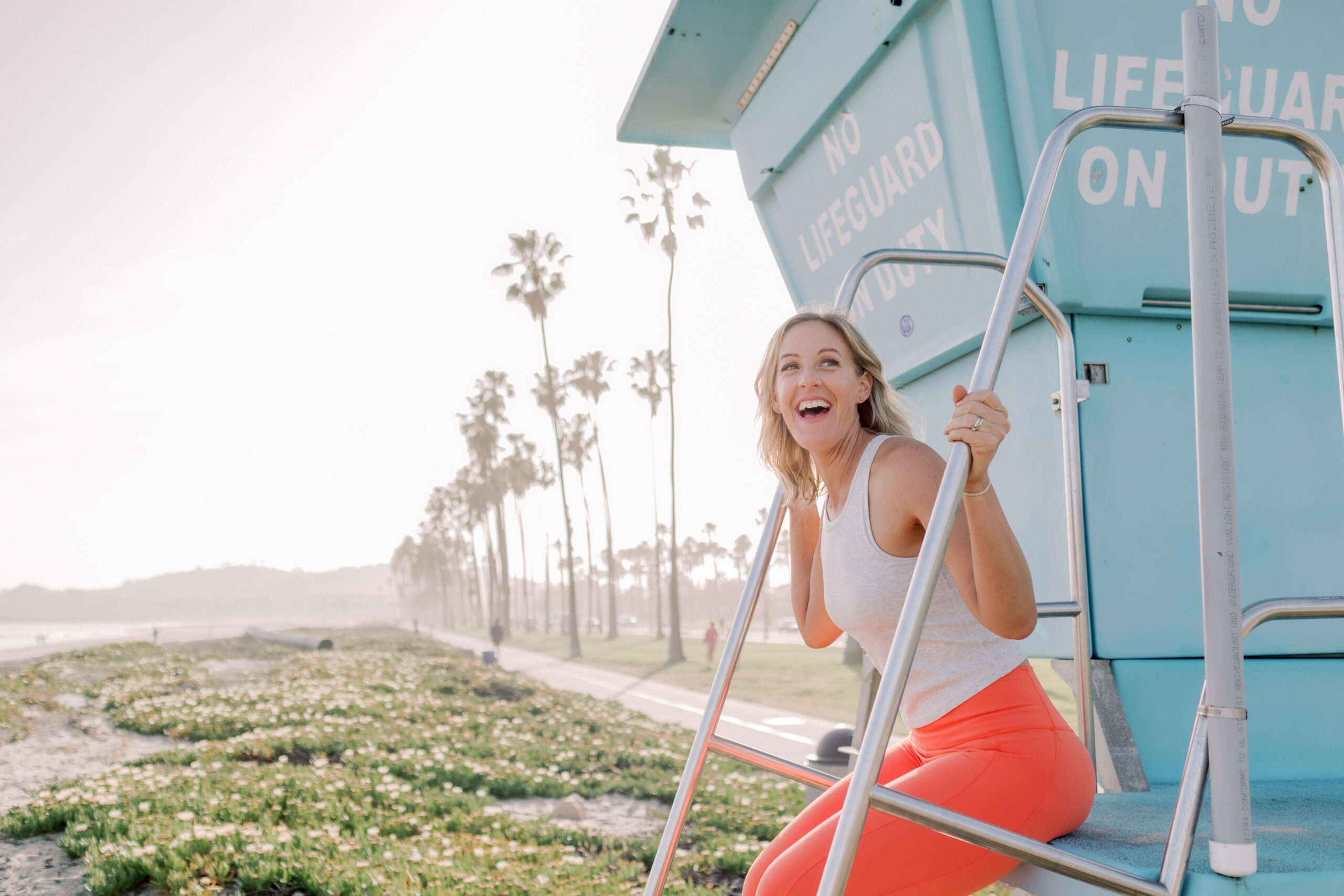If you aren’t familiar with Justice Ruth Bader Ginsburg, well it’s time. She is one of the 9 US Supreme Court Justices (and one of only 3 women currently serving as an Associate Justice after Sandra Day O’Connor retired in 2006) and she is a complete badass advocate for women, minorities and lower socioeconomic citizens.
She is 81 years old and has seen a hell of a lot of history come through the Supreme Court, and has also had a hand in shaping it. Most notably, three cases that people might be familiar with are the ‘Roe v Wade’ case from 1973 which ruled that women were allowed to have legal abortions, ‘Citizens United’ ruling from from 2010 which basically gave corporations and unions the green light to spend unlimited sums on ads and other political tools, calling for the election or defeat of individual candidates, and more recently the ‘Hobby Lobby’ case from earlier in 2014 which ruled that the craft store chain was allowed to be exempt from providing its employees with contraceptive coverage because it goes against the owners’ Christian beliefs.
Just to be clear, she was for women having access to abortions and being allowed the choice, she was against the Citizens United ruling, and definitely against the Hobby Lobby ruling, as evidenced by the scathing dissent she issued after the Supreme Court ruled on the issue.
Even though she is 81, she doesn’t have any plans to retire any time soon, and to be honest, we hope she doesn’t retire until another viable female candidate comes through the ranks, who thinks like her and respects the legacy RGB has already left.
In an interview with New Republic, the Justice spoke about her new-found internet fame after Hobby Lobby, her advice for feminists, and why healthcare access for all women, regardless of socioeconomic background, belief or race is vital.
Here’s what she had to say about retirement:
“First, I should say, I am fantastically lucky that I am in a system without a compulsory retirement age. As long as I can do the job full steam, I will stay here. I think I will know when I’m no longer able to think as lucidly, to remember as well, to write as fast. I don’t think I have reached the point where I can’t do the job as well. I asked some people, particularly the academics who said I should have stepped down last year: ‘Who do you think the president could nominate and get through the current Senate that you would rather see on the Court than me?’ No one has given me an answer to that question” Booyah!
She was asked what the implications for women would be if Roe v Wade were ever to be overturned, and here were her thoughts:
“It would be bad for non-affluent women. If we imagine the worst-case scenario, with Roe v. Wade overruled, there would remain many states that would not go back to the way it once was. What that means is any woman who has the wherewithal to travel, to take a plane, to take a train to a state that provides access to abortion, that woman will never have a problem. It doesn’t matter what Congress or the state legislatures do, there will be other states that provide this facility, and women will have access to it if they can pay for it. Women who can’t pay are the only women who would be affected.”
When asked whether legislatures or the courts can be trusted to advocate the rights of poor women (nearly 2 thirds of minimum wage workers are women in the US which means they outnumber poor men) RBG says they cannot be solely responsible.
“I don’t see this as a question of courts versus legislatures. In my view, both have been moving in the wrong direction. It will take people who care about poor women. The irony and tragedy is any woman of means can have a safe abortion somewhere in the United States. But women lacking the wherewithal to travel can’t. There is no big constituency out there concerned about access restrictions on poor women.”
But it’s not just women’s rights she cares about, its families in general and getting rid of antiquated laws which don’t reflect or protect the current culture of America. She cites a case from her time as a volunteer lawyer at the American Civil Liberties Union (ACLU).
“Every one of these cases involved a law based on the premise that men earned the family’s bread and women tend to the home and children. Wiesenfeld is probably the best illustration. The plaintiff, Stephen Wiesenfeld, was a man whose wife died in childbirth. He wanted to care personally for his infant, so he sought the child-in-care Social Security benefits that would enable him to do so. But those benefits were available only for widows, not widowers. Wiesenfeld’s wage-earning wife paid the same Social Security taxes that a man paid. But they netted less protection for her family. It made no sense from the point of view of the baby. The male spouse was disadvantaged as a parent. We were trying to get rid of all laws modeled on that stereotypical view of the world, that men earn the bread and women take care of the home and children.”
When she joined the Supreme Court in 1993 and sworn in by then-President Bill Clinton, she says the dynamic of the court changed dramatically, most notably people’s perceptions of what the face of Justice looked like at the highest level.
“Justice O’Connor and I were together for more than twelve years and in every one of those twelve years, sooner or later, at oral argument one lawyer or another would call me Justice O’Connor. They were accustomed to the idea that there was a woman on the Supreme Court and her name was Justice O’Connor. Sandra would often correct the attorney, she would say, ‘I’m Justice O’Connor, she’s Justice Ginsburg.’ The worst times were the years I was alone”
“The image to the public entering the courtroom was eight men, of a certain size, and then this little woman sitting to the side. That was not a good image for the public to see. But now, with the three of us on the bench, I am no longer lonely and my newest colleagues are not shrinking violets. Not this term but the term before, Justice Sotomayor beat out Justice Scalia as the justice who asks the most questions during argument.“
Perhaps now you can see, especially for those of you based in other countries, why Justice RGB is somewhat of a feminist icon in the US. And the symbolism is certainly not lost on her, as she dishes out advice for young feminists today:
“Work for the things that you care about. I think of the ’70s, when many young women supported an Equal Rights Amendment. I was a proponent of the ERA. The women of my generation and my daughter’s generation, they were very active in moving along the social change that would result in equal citizenship stature for men and women.”
“One thing that concerns me is that today’s young women don’t seem to care that we have a fundamental instrument of government that makes no express statement about the equal citizenship stature of men and women. They know there are no closed doors anymore, and they may take for granted the rights that they have.“
As for the cases she believes she has ruled on which have made the greatest impact on civil liberties, she mentions a few in relation to women and reproductive rights. It is sad that the fight for women to have autonomous rights over their own health choices is STILL going on in 2014! One of them was about allowing the women to enlist in a military school.
“In the women’s rights arena, the Virginia Military Institute case. So many people said to me, “Why would women want to go to that school?” I wouldn’t, and perhaps you, a man, wouldn’t either, but there are women who are ready, willing, and able to undergo that form of education, so why should they be held back by artificial barriers?”
Another was a case involving abortion.
“…what concerned me about the Court’s attitude, they were looking at the woman as not really an adult individual. The opinion said that the woman would live to regret her choice. That was not anything this Court should have thought or said. Adult women are able to make decisions about their own lives’ course no less than men are. So, yes, I thought in Carhart the Court was way out of line. It was a new form of “Big Brother must protect the woman against her own weakness and immature misjudgment.”
Why is is that people in the US legislature have deemed women’s health and reproductive rights fair game, but it’s a different story for men? In 2013 over 700 bills were proposed in Congress that would seek to regulate a woman’s body somehow. As for men’s bodies, the number was zero. THAT’S how many it should be for women.
And aside from the law, Justice Ginsburg is well aware of her new-found internet fame, and even likes it!
“My grandchildren love it. At my advanced age—I’m now an octogenarian—I’m constantly amazed by the number of people who want to take my picture. There are many take-offs on the “NOTORIOUS R.B.G. shirt.”
The interviewer mentions the “what would Ruth Bader Ginsburg do? t-shirts, but she mentions another which we love even more:
“You can’t spell ‘truth’ without ‘Ruth’!”






















2 thoughts on “Justice Ruth Bader Ginsburg Weighs In On Healthcare, Women’s Rights & Feminism”